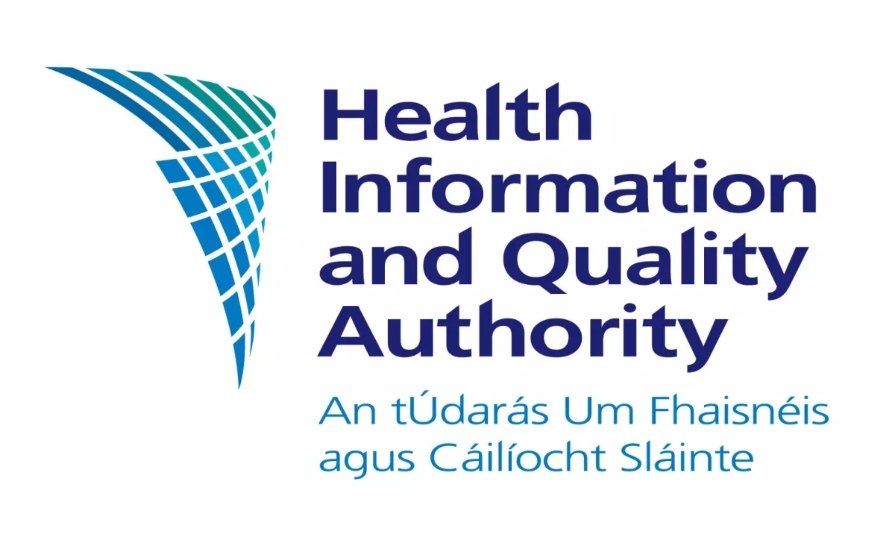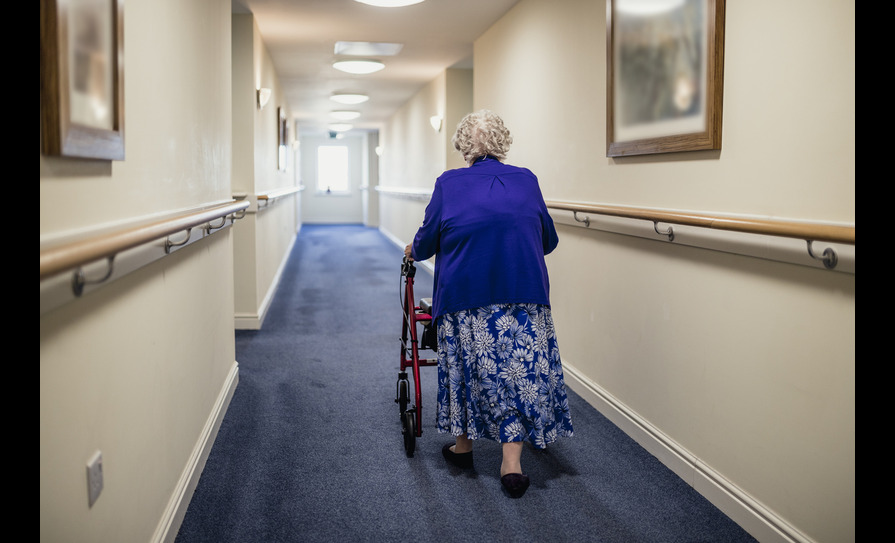The Mental Health Commission (MHC) has published three inspection reports on two centres in Dublin, and one in Cork, which identified eight areas of high risk non-compliance.
All three approved centres have a range of quality best practice initiatives highlighted in the inspection reports. The Eist Linn Child and Adolescent Unit in Cork has introduced an e-rostering pilot to potentially manage staff more efficiently, the Sycamore unit in Connolly Hospital has introduced dementia related education sessions for clinical staff, and the O’Casey Rooms in Fairview has introduced the Compassion End of Life (CEOL) programme to improve end of life care for residents and their families.
Commenting on the reports, Dr Susan Finnerty, Inspector of Mental Health Services, said: “All three approved centres have high risk non-compliant ratings with staffing. This relates in the main to staff training and, in particular, to training in the Mental Health Act 2001. The Commission has developed a comprehensive e-learning programme in the Mental Health Act 2001 for all staff of approved centres. This programme is easily accessible on our website, and can be completed in stages.”
At the time of inspection,Eist Linn, located in Blackrock, Cork, had 18 operational beds, with 15 residents present. Eist Linn is one of the four national Child and Adolescent Mental Health Service (CAMHS) in-patient facilities in Ireland. The approved centre serves a population of 1.2 million people and some residents and their families have to travel long distances, often via Dublin, due to poor regional public transport links.
In relation to governance, there was a well-established system in place, evidenced by the ongoing system of auditing and policy development, emphasis on staff development and strong risk management procedures. There was a strong ethos of staff supervision in all of the departments and clear lines of responsibility and reporting in place. A lot of work had taken place in order to ensure that nursing governance for CAMHS was clearly documented and the introduction of new roles – including the advanced nurse practitioner in child and adolescent mental health – facilitated development in this area.
The approved centre had three high risk ratings of non-compliances for use of CCTV, staffing and use of physical restraint. For three consecutive years, the centre has been non-compliant in two areas; the code of practice on physical restraint, and staffing.
Nine compliances with regulations had a quality rating of excellent.
Since the 2018 inspection, there had been no improvement in the numbers of staff trained in the area of the management of aggression and violence, as there were difficulties releasing staff to attend these trainings. There was little or no change in the numbers of staff trained in the areas of basic life support and the Mental Health Act, 2001.
The approved centre did not physically restrain young people in accordance with the code of practice on physical restraint, where none of the episodes examined indicated that the resident was informed of the reasons for, likely duration of, and circumstances that would lead to the discontinuation of physical restraint. In one case, the consultant psychiatrist on duty was not notified of the physical restraint. In two cases, the registered medical practitioner did not complete a medical examination of the resident within three hours of the physical restraint taking place, and there was no evidence that the episodes of physical restraint were reviewed by members of the multi-disciplinary team within two working days.
The Sycamore unit at Connolly Hospital in Blanchardstown, Dublin 15 is registered to provide a service for Psychiatry of Later Life with a bed capacity of 25, comprised of five dormitories and one single bedroom. At the time of the inspection, there were 16 residents present. Compliance with regulations has remained relatively stable over a three-year period at 85 per cent in 2017, 87 per cent in 2018 and 81 per cent in 2019. The centre had three areas of high risk non-compliance relating to therapeutic services and programmes, general health and staffing.
Four compliances with regulations were rated as excellent.
Eight residents had died since the previous inspection. The end of life care provided was appropriate to the residents’ physical, emotional, social, psychological and spiritual needs, and religious and cultural practices were respected. Representatives, family, relations and friends were involved where appropriate, and fully supported by staff.
In relation to the high risk rating for general health, not all assessments included a review of family or personal history, a record of Body Mass Index (BMI), weight, waist circumference, blood pressure, smoking status, nutritional status, medication, and dental health.
The numbers and skill-mix of staffing were insufficient to meet the assessed needs of residents, as the approved centre did not provide access to services from a variety of health professionals, including a physical health occupational therapist, a pharmacist, a social worker and a psychologist. Access to a dietitian was provided for urgent referrals only, and there were no routine assessments or reviews for any resident. In addition, registered general nurses comprised the majority of the nursing staff complement compared to registered psychiatric nurses. This meant that, occasionally, a registered psychiatric nurse was not always be on duty and in charge at all times. Not all health professionals had up-to-date mandatory training.
This lack of provision of health services for this patient group was unacceptable.
The approved centre was not kept in a good state of repair and the following issues were noted: holes in the walls where fixtures had been removed; scuff marks on the walls at many doorways; discoloured linoleum in one bathroom; unclean windows; and a broken curtain rail. A programme of general and decorative maintenance was not maintained.
Communal rooms, including the sitting room and dining room, had minimal furnishings and décor. This imparted a stark appearance which was not conducive to the well-being and comfort of residents and not in line with good practice in specialist care of people with dementia. This has been highlighted in previous inspection reports.
O’Casey Rooms, Fairview Community Unit is a 25-bedunit on the first floor of a community nursing unit owned by the Sisters of Charity at St. Vincent’s Hospital in Fairview in Dublin. At the time of inspection there were 20 residents present. Most of the residents had been in residential mental health services for many years and as they age, their care and treatment requirements are now significantly focused on physical, palliative and end of life care. For most of the residents the approved centre was their home.
There had been a 9 per cent decrease in compliance with regulations since 2017, from 79 per cent in 2017 to 70 per cent in 2019. Four regulations were non-compliant for three consecutive years, including individual care plan. The centre had two ratings of high non-compliance related to premises and staffing. Five compliances with regulations were rated as excellent.
There were two conditions attached to the registration of this approved centre at the time of inspection and they related to the provision of a progress update on the closure plan and the prohibition of any direct admission or transfers of residents to the approved centre.
In two of 10 individual care plans (ICP) reviewed, there was no evidence that the ICP was discussed and drawn up with the participation of the resident or their representative/loved ones, or there was no documentation that it was not possible to do so. There was no evidence in two ICPs that the residents had access to the ICP, were informed of any changes, or were offered a copy. Three ICPs were not reviewed by the multi-disciplinary team in the previous six months.
There was inadequate monitoring of the physical health status of residents. Two residents did not have a general health assessment completed in the previous six months. In three completed general health assessments, Body Mass Index (BMI), weight and waist circumference were not recorded. Three residents on antipsychotic medication did not have an annual assessment of blood lipids, prolactin and an electrocardiogram (ECG). In addition, there were a number of medication practices which had the potential to lead to serious medication errors, and the medication policy was out of date.
Residents did not have access to personal space in the day room as the room was too small. There was limited outdoor space; the day room opened out onto a small courtyard or roof garden. This space was littered with cigarette butts and the smell of smoke was evident in the day room. Separately, residents and their visitors’ could access a communal garden downstairs to the side of the building.
The approved centre had developed a number of initiatives to address these shortcomings and a summer garden party and afternoon tea on the lawn were held to enhance the Breath of Fresh Air Programme. This initiative was introduced to encourage families, visitors and residents to use the garden adjacent to the approved centre for walks and visits.
Mr John Farrelly, MHC Chief Executive, said: “While the Mental Health Commission rightly condemns bad practices in its inspections and areas of high risk non-compliance, it also highlights areas of good practice. In each inspection report, the Commission publishes best practices, positive initiatives and highlights innovations undertaken by services. If services want to understand how they can improve and implement best practices, they can refer to our inspection reports, which details plenty of good examples of best practices from around the country.”












Leave a Reply
You must be logged in to post a comment.